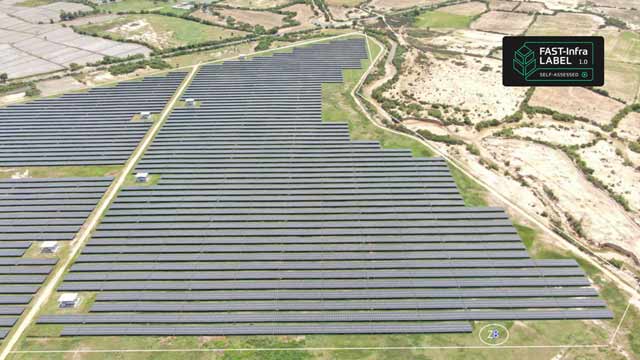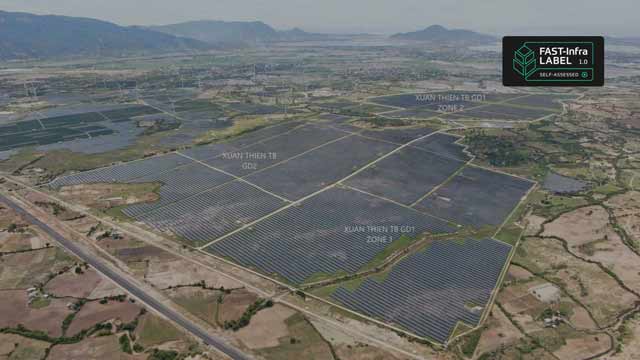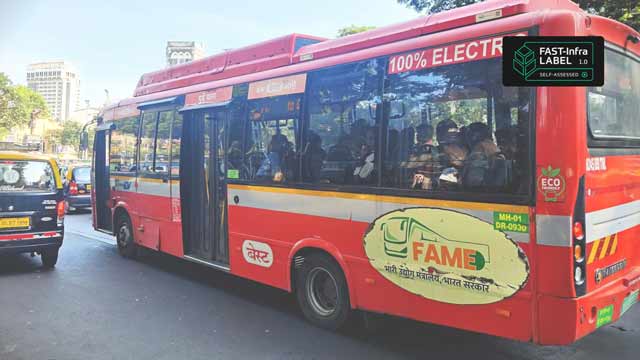
The importance of building resilience and adaptive capacity in sustainable infrastructure investments
What’s a Rich Text element?
The rich text element allows you to create and format headings, paragraphs, blockquotes, images, and video all in one place instead of having to add and format them individually. Just double-click and easily create content.
H1
H2
H3
H4
H5
H6


Static and dynamic content editing
A rich text element can be used with static or dynamic content. For static content, just drop it into any page and begin editing. For dynamic content,

add a rich text field to any collection and then connect a rich text element to that field in the settings panel. Vsadsadsdasdasdasdasdoila!
- A rich text element can be used with static or dynamic content. For static content, just drop it into any page and begin editing. For dynamic content, add a rich text field to any collection and then connect a rich text element to that field in the settings panel. Voila!
- t to that field
- t to that field
-
How to customize formatting for each rich text
How to customize formatting for each rich text
How to customize formatting for each rich text
Headings, paragraphs, blockquotes, figures, images, and figure captions can all be styled after a class is added to the rich text element using the "When inside of" nested selector system.
Adaptation and resilience are becoming increasingly relevant considerations for sustainable infrastructure due to the increased frequency of climate-induced disruptions. The planet was besieged by 42 billion-dollar weather disasters in 2022, and the total damage wrought by weather disasters was $360 billion, with 39% of that total being insured damages (Gallagher Re Natural Catastrophe Report of 2022). Impacts can include damaged roads, buildings and coastal infrastructure, transportation disruption, and much more. Infrastructure is often on the front line of climate change impacts and can be more vulnerable to damage than other assets. Infrastructure assets, such as buildings, roads, and bridges that make up our transportation system, or the power plants, transmission lines and distribution centres that make up our power grid, cannot be easily relocated or rebuilt when impacted by increasingly destructive climate-related events. Urban infrastructure constructed decades ago was not designed to withstand the worst impacts of climate change that have become more apparent, revealing a lack of resilience and vulnerability to damage and disruption caused by climate change. For example, OECD modelling of the potential impacts of a major flood in Paris found that 30% to 55% of the direct flood damages would be suffered by the infrastructure sector, while 35% to 85% of business losses were caused by disruption to transportation and electricity and not by the flood itself.
However, the biggest portion of economic losses tied to infrastructure is not just the damage of assets themselves, but from the indirect costs caused by disrupted infrastructure, such as the impacts on workers, jobs and supply chains. This report by the World Bank Group illustrates how in Kampala floods have significant impacts on multiple firms, even though relatively few are flooded directly. Floods obstruct roadways throughout the city, disrupting the connectivity between businesses and making it more difficult to transport goods and services. In the United States, the sales of affected firms decrease by approximately 5%, and their clients' sales also decline by 3% up to four months after the natural disaster, despite not directly experiencing the event. To mitigate these costs, infrastructure and connected systems must be designed in a way that enables adaptation and resilience to the physical impacts of climate change. Because infrastructure rarely operates in isolation, resilience of a specific asset may affect resilience of another as part of a larger system. This is why the Adaptation and Resilience dimension of the FAST-Infra Label framework requires infrastructure projects to evaluate risks as well as build resilience and adaptive capacity at both the project and system scales.
“In the FAST-Infra Label, we ask infrastructure projects to disclose their exposure to climate-related risks under different climate scenarios, the potential impacts on the asset, and the adaptation measures implemented to address them—such as early warning systems, safety emergency systems, and community adaptation programmes. Aligned with the Sustainable Development Goals, the FAST-Infra Label also considers positive contributions: evaluating how resilience investments may benefit not only the physical infrastructure assets themselves, but also the communities, industries, and dependent systems they serve.This approach ensures that resilience is understood both in terms of protecting the asset and in delivering wider social and economic co-benefits.”
Dr. Beatrice Cassottana
Damage to infrastructure and the broader systems it connects to can also have far-reaching consequences for communities and individual livelihoods. When infrastructure fails to withstand the challenges posed by climate change, it can disrupt the daily lives of residents and place both their well-being and economic stability in jeopardy. Sustainable infrastructure development can play an important role here.
Discover the full framework here.
With inputs from

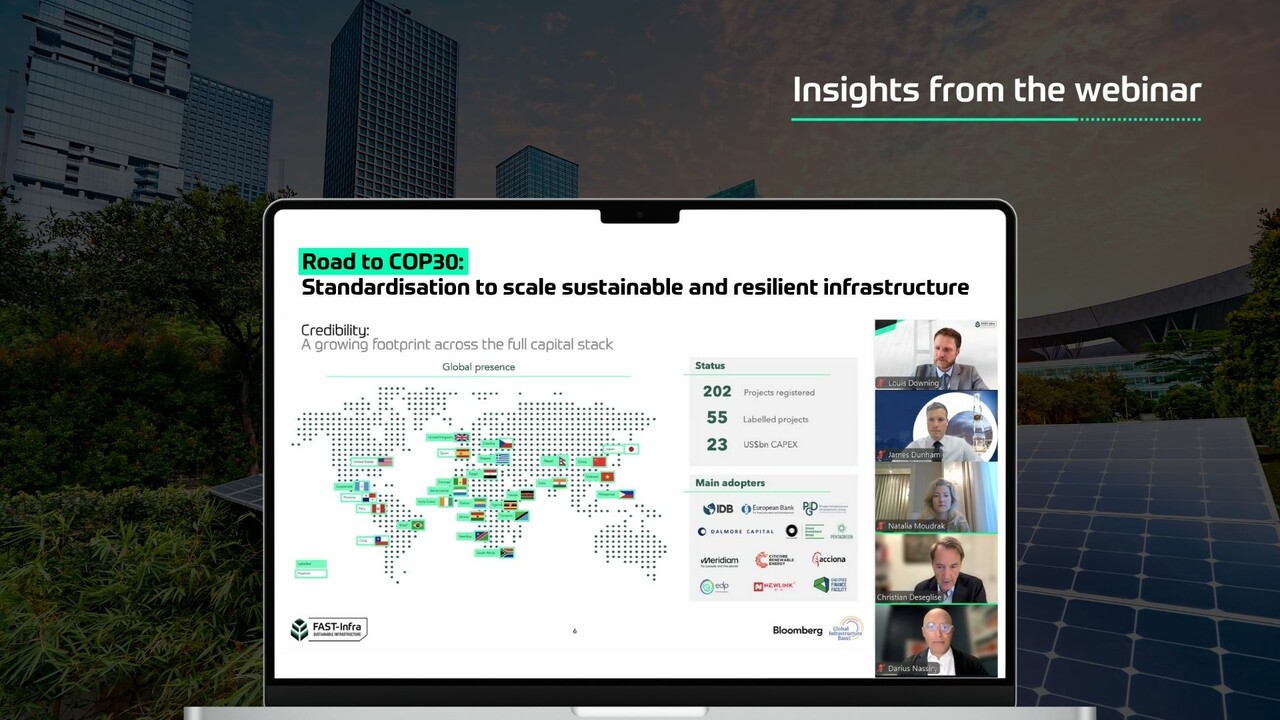





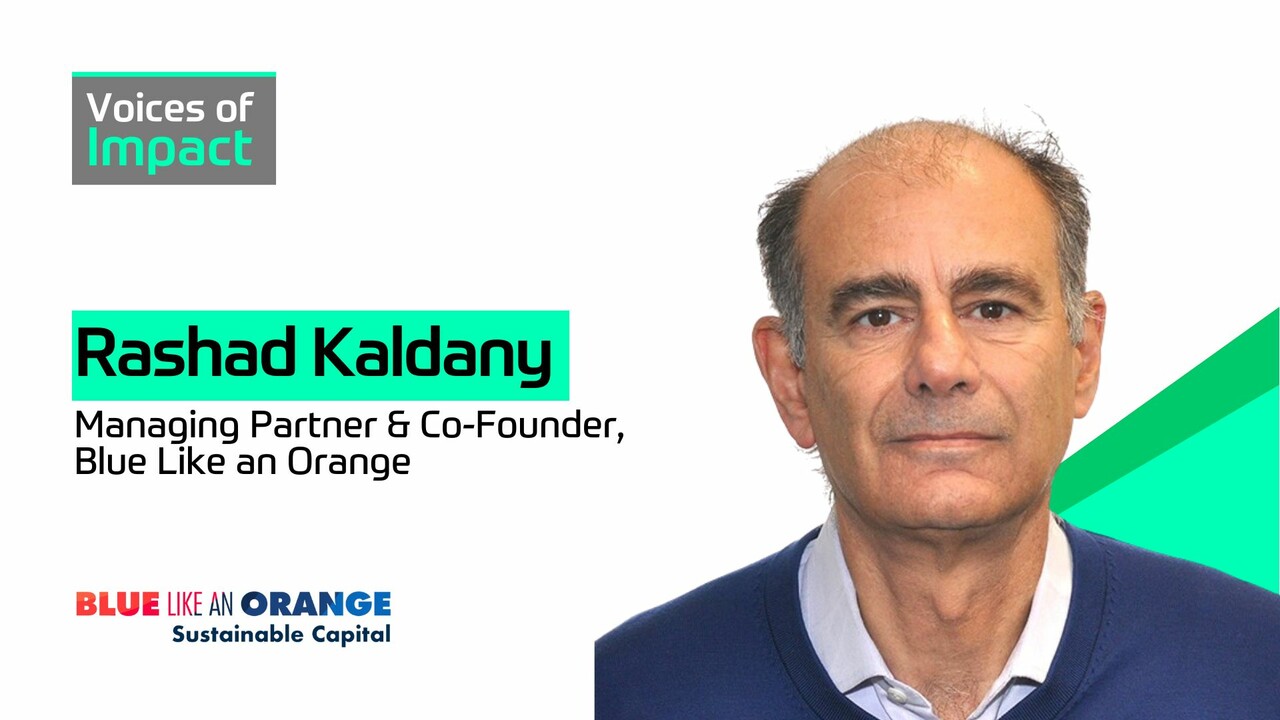
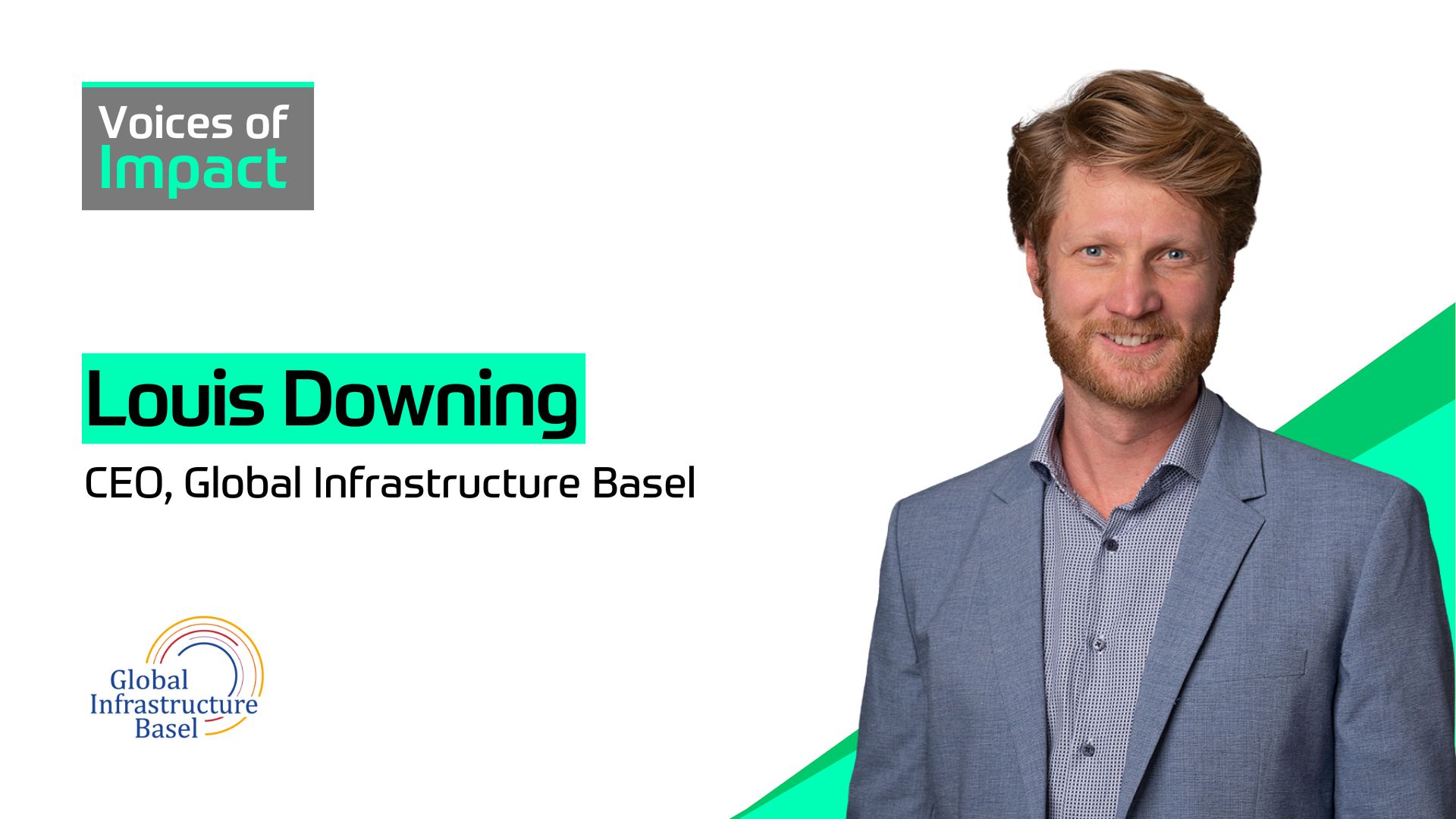
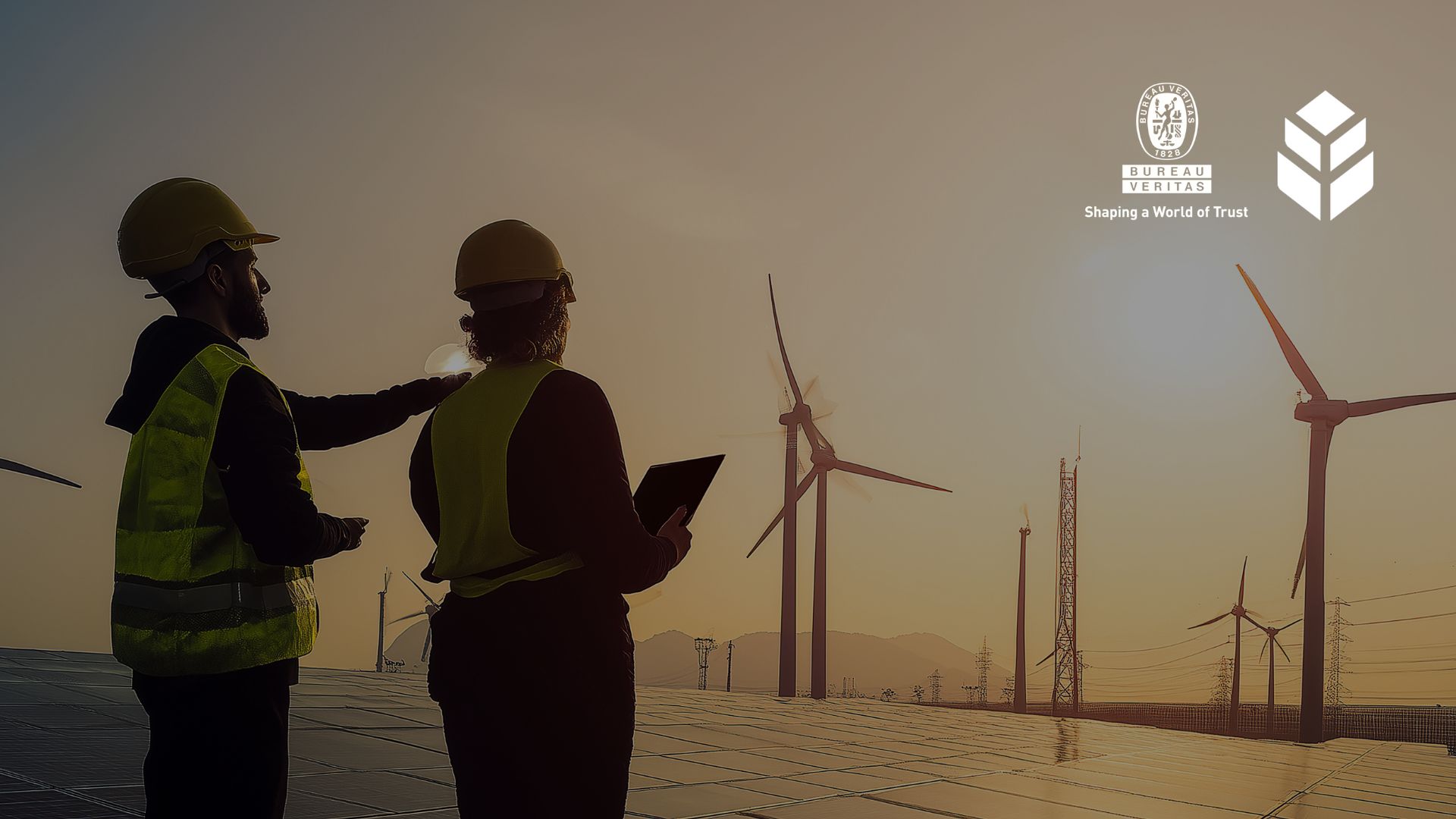
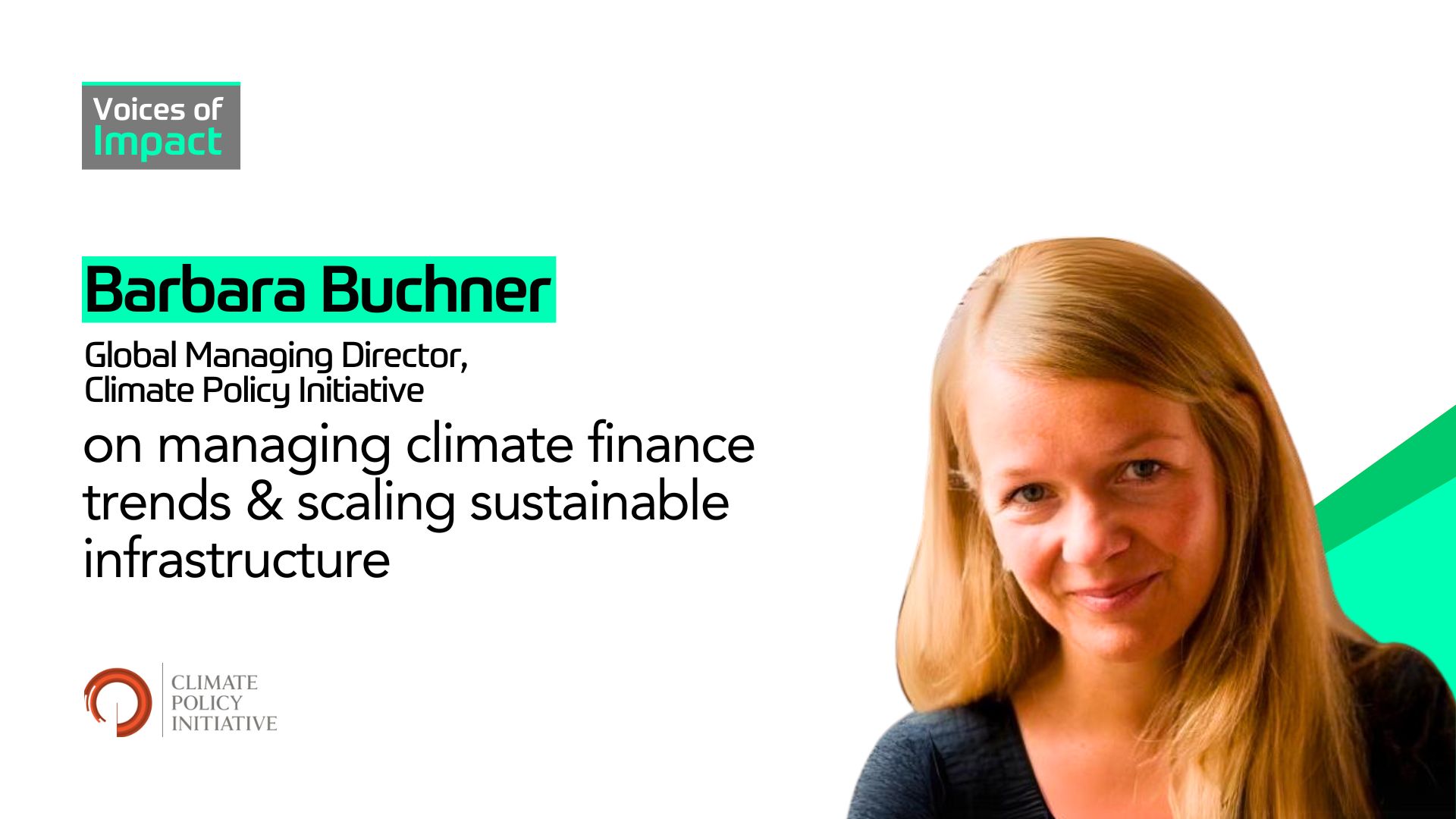
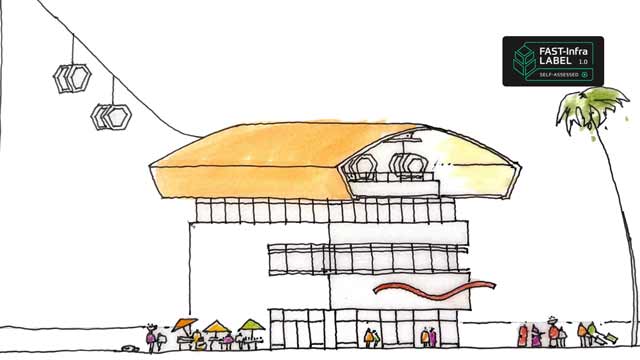






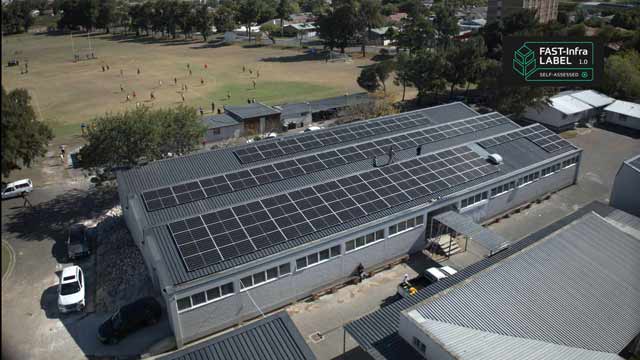

.jpg)


.jpg)


.jpg)
.jpg)
.jpg)
.jpg)
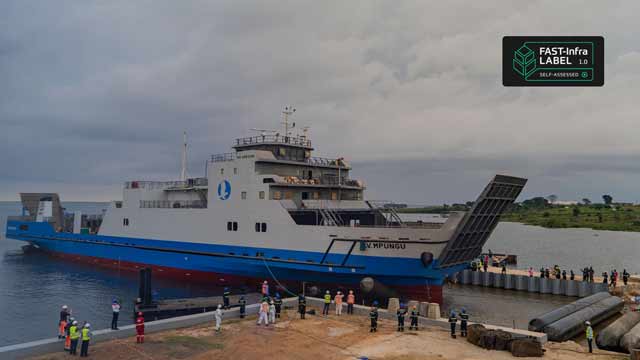
.jpg)




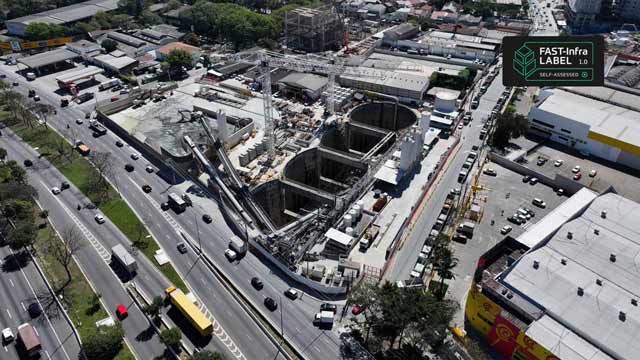




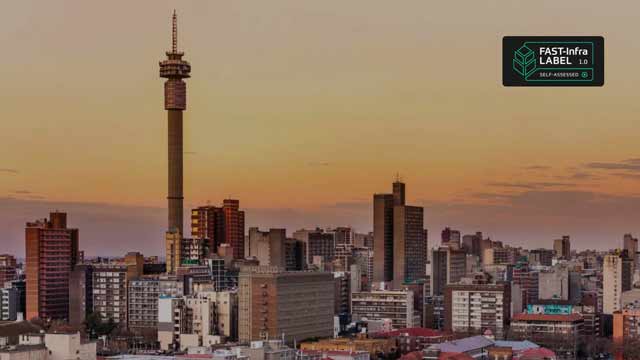








.webp)
.webp)


